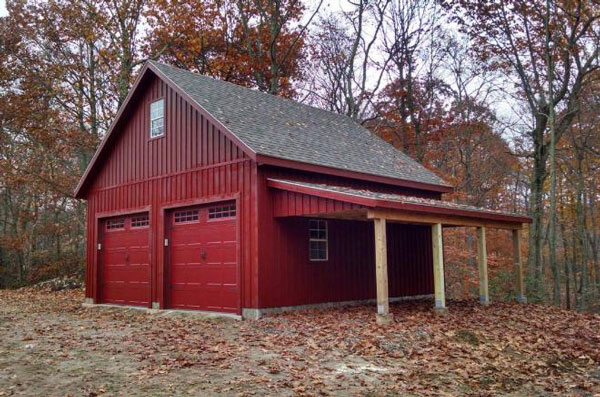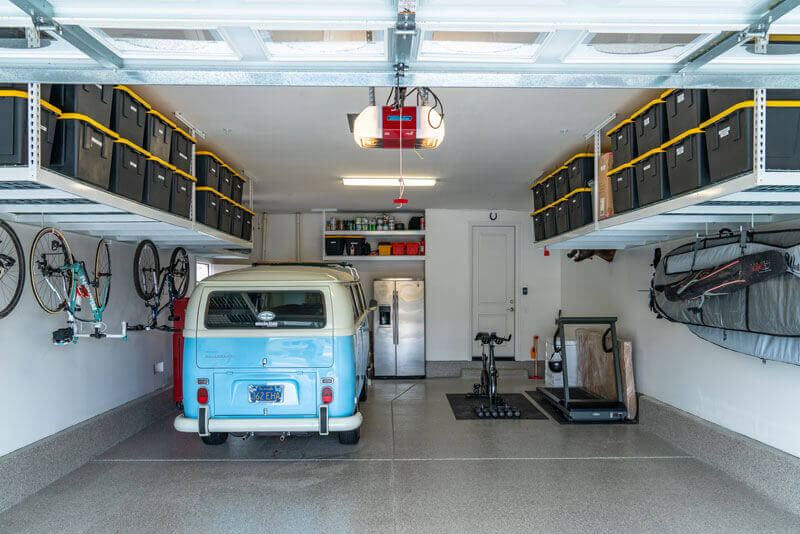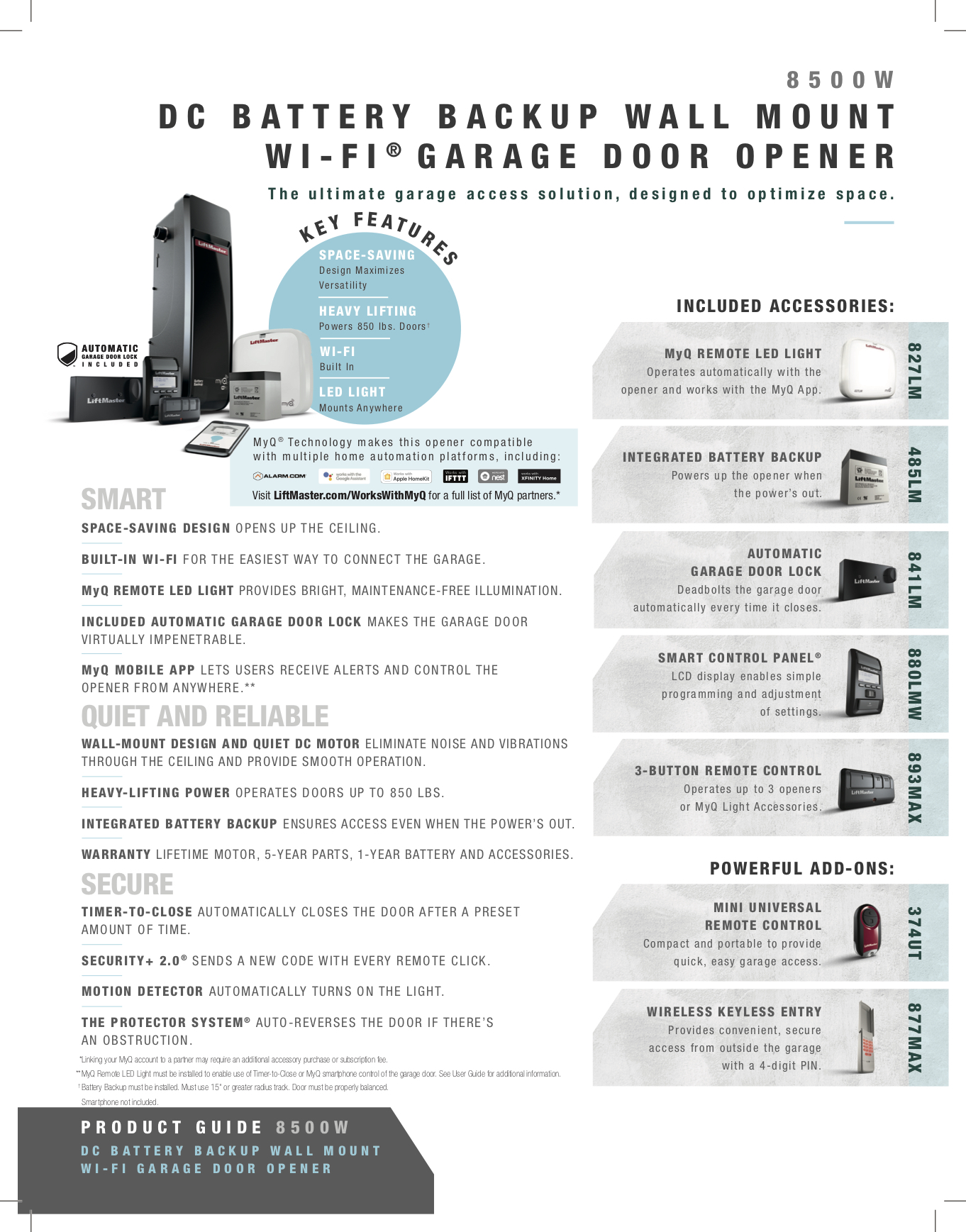
One story house plans without garage offer a range of design possibilities for homeowners who don't want to build an attached garage. They are also great for builders looking to maximize the potential of large lots without building a full garage.
Single-story house plans that don't include a garage are a popular choice for retirees or young families. These houses have a heated living area above grade, some with basements, and are suitable for sloped lots.
Ranch home designs are American classics. These ranch homes come in 1 story options. This modern layout is still true to the traditional architectural style. These homes are ideal for downsizing Baby Boomers and first-time buyers.

Barndominiums are another unique choice for one-story home plans that provide flexibility in their floor plan layout. These open-concept structures are perfect for larger families, hobbyists, or anyone who enjoys spending time outside. They are also ideal for guests who want to entertain.
One-story beach houses are another option for those looking for a home plan that emphasizes outdoor living. They're particularly appealing to people who love to vacation at the coast. These houses are often equipped with wraparound porches which make it possible to enjoy the outdoors on warm evenings or sunny days.
You may want to build a sun deck, rather than a traditional balcony or deck, if you are looking for a unique home. Sun decks are a more uncommon variation of the standard balcony or deck and can be a great addition.
This house plan shows a one-story unique home with an elevated foundation. It gives the property a stunning view and keeps the roof from being damaged by rain. This type foundation is perfect for homes built on steep lots. It can either be constructed with concrete pilings and wood pilings.

Design Basics designed this ranch house plan of 2500 square feet. It features many traditional ranch features and offers a warm and timeless design. The spacious floor plan features a large display of windows that brings the outside in. The great area is the hub of the home. It connects to the living room, dining area, and kitchen. The master suite can be separated from both the other bedrooms.
This home is a wonderful example of how you can use one story house plans with no garage to create your dream backyard retreat. This home is ready to entertain with its covered patio, large covered porch, and outdoor kitchen.
Be sure to verify your local zoning laws when choosing a floor plan. Certain zoning restrictions may prohibit certain features. You can avoid costly fines or expensive bills by following these rules.
FAQ
Is $30000 too much for a kitchen redesign?
The cost of a kitchen remodel can vary from $15000 to $35000, depending on the amount you spend. You can expect to spend more than $20,000. If you are looking for a complete overhaul of your kitchen, it will cost more. You can get a complete kitchen overhaul for as little as $3000 if you just want to replace the countertops or update your appliances.
The average price for a full-scale renovation is usually between $12,000-$25,000. But there are ways to save money without compromising quality. One example of this is installing a sink, instead of replacing the old one. It costs about $1000. A second option is to buy used appliances at half their cost.
Kitchen renovations take longer than other types of projects, so plan accordingly. It's not ideal to begin working in your kitchen, only to find out halfway through that there isn't enough time to finish the job.
Start early. Begin to look at your options and get quotes from several contractors. Then narrow your choices based price, availability, quality, or both.
Once you've identified potential contractors to work with, ask for their estimates and compare the prices. The lowest-priced bid isn't always the best choice. It's important that you find someone with similar work experiences who can provide a detailed estimate.
When calculating the final cost, remember to add all extras. These might include extra labor costs, permit fees, etc. You should be realistic about what you can spend and stick to your spending budget.
Tell the contractor if you don't like any of the bids. Tell the contractor if you are not satisfied with the first quote. Give him or her another chance. Don't let pride get in the way when you save money.
How long does it usually take to remodel your bathroom?
Two weeks is typical for a bathroom remodel. The size of your project will affect the time taken to remodel a bathroom. A few small jobs, like installing a vanity or adding a bathroom stall, can be done in one day. Larger jobs, like removing walls, installing tile floors and fitting plumbing fixtures, may take several days.
Three days is the best rule of thumb for any room. So if you have four bathrooms, you'd need 12 days total.
What's included in a complete kitchen remodel?
A complete kitchen remodel is more than just installing a new sink or faucet. There are cabinets, countertops as well, lighting fixtures and flooring.
Full kitchen remodels allow homeowners to modernize their kitchens without the need for major construction. The contractor and homeowner will be able to do the job without any demolition, which makes the project much easier.
A kitchen renovation can include a variety of services such as plumbing, HVAC, painting, drywall installation, and electrical. A complete kitchen remodeling project may require multiple contractors depending on the size of the job.
It is best to work with professionals who have experience in kitchen remodeling. Small issues can lead to delays when there are many moving parts involved in a kitchen remodel. If you choose a DIY approach, make sure you plan and have a backup plan in place in case things go wrong.
How much would it cost to gut a home vs. how much it cost to build a new one?
The process of gutting a house involves removing all contents inside the building. This includes walls, floors and ceilings, plumbing, electrical wiring and appliances. This is usually done when you are moving into a new home and need to make some adjustments before you move in. It is often very costly to gut a home because of all the work involved. Depending on your job, the average cost to gut a home can run from $10,000 to $20,000.
The process of building a home involves the construction of a house from one frame to another. Next, the builder adds walls, flooring and roofing. This is done usually after purchasing lots. Building a home is typically cheaper than renovating, and usually costs between $15,000-30,000.
It all depends on what you plan to do with your space. You'll need to spend more if you plan to gut your home. But if your goal is to build a house, you won't need to disassemble everything and redo everything. You can build it the way you want it instead of waiting for someone else to come in and tear everything up.
Are there any savings on a remodel of a bathroom or kitchen.
Remodeling a kitchen or bathroom is a costly undertaking. It might be more cost-effective to upgrade your home than you think, given how much you spend each month on energy bills.
You could save thousands each year by making a small upgrade. Simple changes such as insulation in ceilings and walls can help reduce cooling and heating costs by up to 30%. Even a minor addition can increase comfort levels and increase the resale value.
Remember to choose durable and easy-to maintain products when you are planning your renovations. The durability and ease of maintenance that porcelain tile and stainless steel appliances offer over vinyl and laminate countertops is why solid wood flooring and porcelain tile are so much better.
You might also find that replacing old fixtures by newer models can reduce utility expenses. Low-flow showerheads or faucets can help reduce water usage by up 50 percent. You can reduce your electricity consumption by replacing inefficient lighting bulbs with compact fluorescent lights.
How should you renovate a home?
First, the roof. The second, the plumbing. Third, the electrical wiring. Fourth, walls. Fifth, the floors. Sixth, the windows. Seventh, doors. Eighth is the kitchen. Ninth are the bathrooms. Tenth, the garage.
Finally, after all this work is done, you'll have everything you need to get into the attic.
You can hire someone who will help you renovate your house if you are not sure how. Renovation of your house requires patience, effort, time and patience. You will also need to spend money. So if you don't feel like putting in the hours or the money, then why not let someone else do the hard work for you?
Renovations aren’t always inexpensive, but they can make your life easier and save you money in the long term. Beautiful homes make life more enjoyable.
Statistics
- bathroom5%Siding3 – 5%Windows3 – 4%Patio or backyard2 – (rocketmortgage.com)
- 55%Universal average cost: $38,813Additional home value: $22,475Return on investment: 58%Mid-range average cost: $24,424Additional home value: $14,671Return on investment: (rocketmortgage.com)
- Attic or basement 10 – 15% (rocketmortgage.com)
- Following the effects of COVID-19, homeowners spent 48% less on their renovation costs than before the pandemic 1 2 (rocketmortgage.com)
- $320,976Additional home value: $152,996Return on investment: 48%Mid-range average cost: $156,741Additional home value: $85,672Return on investment: (rocketmortgage.com)
External Links
How To
How to Install Porch Flooring
Although installing porch flooring can be done easily, it is not without some planning. Laying a concrete slab is the best way to install porch flooring. You can also lay a plywood deckboard if you don't have access to concrete slabs. This will allow you to install porch flooring without having to invest in concrete slabs.
Installing porch flooring requires that you secure the plywood subfloor. You will need to measure the porch's width and cut two strips of plywood equal to it. These should be placed on each side of the porch. Then nail them in place and attach to the walls.
You must prepare the area in which you plan to place the porch flooring after you secure the subfloor. This is usually done by cutting the top layers of the floorboards down to the appropriate size. Then, you must apply a finish to the porch flooring. Polyurethane is the most common finish. You can stain your porch flooring. You can stain your porch flooring more easily than applying a clear coating. All you need to do is sand the stained area after applying the final coat.
After completing these tasks, it's time to install your porch flooring. Measure and mark the location for the porch flooring. Next, measure the porch flooring and cut it to size. Then, fix the porch flooring to its place using nails.
If you need to give your porch more stability, porch stairs can be installed. Porch stairways are typically made of hardwood. Some people prefer to install their porch stairways before installing their porch flooring.
Now it's time to finish your porch flooring project. You first have to take out the old porch flooring and put in a new one. Then, you will need to clean up any debris left behind. Take care of dust and dirt in your home.